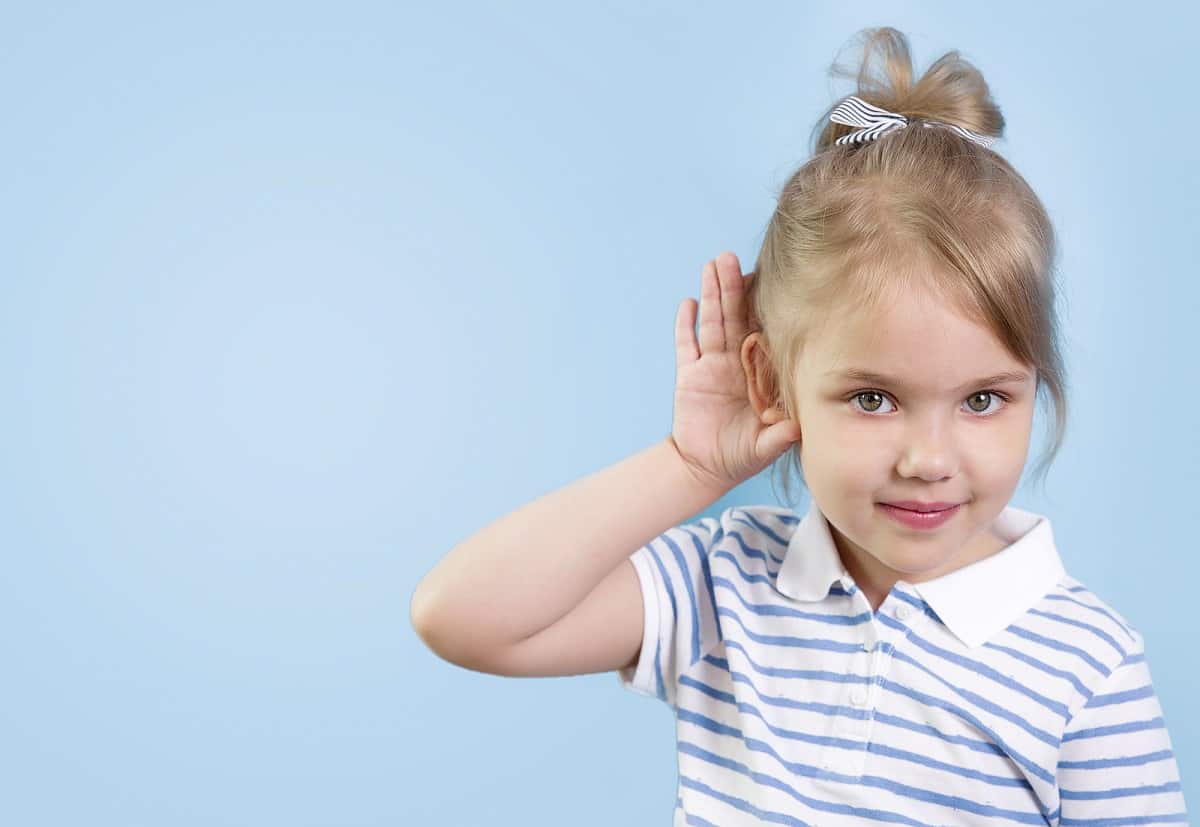From playdates to carpools to considering your child’s education, there is so much to juggle when it comes to parenting. We all want the best for our children and that means considering every aspect of their health from emotional and physical. Many people are so busy, it’s easy to miss a detail here and there. For instance, it might surprise you to hear that around 10% of children have a communication disorder. It’s important to do what you can now to catch a communication disorder early before it turns into a continued learning issue as your child grows up.
What are Communication Issues?
It can be difficult to identify a communication disorder, especially early on when your child lacks the language to communicate clearly. A child with a communication disorder generally will have trouble communicating with others and may struggle to make the sounds of speech. It may also cause your child to struggle with word choice, word order, or sentence structure. While the cause of a learning disorder may not always be clear it can stem from several causes including abnormal structures which are oral, pharyngeal, or laryngeal, oral-motor dysfunction, neurological issues, or brain injury, learning problems, and hearing loss.
Unaddressed and Often Undertreated
Due to communication issues early in life it may be difficult to identify a communication issue and many children live with them unaddressed for years. Communication disorders are the most common disabilities among kids. the National Institute on Deafness and Other Communication Disorders (NIDCD) reports that:
- Of children between the ages of 3-17, nearly 1 in 12 has had a disorder related to voice, speech, language, or swallowing.
- Almost 11% of children among children ages 3-6 have a communication disorder
Identifying a Communication Issue Early
Each year it is estimated that 2% of all children born will have a communication issue affecting social, academic, and future career potential if left untreated. It can often signal issues with learning in school as well as issues with behavior, as it is hard to focus. All too often communication disorders are misdiagnosed as attention deficit disorder (ADD) instead of issues which make it hard to communicate and learn. While some children develop normal speech and language skills by the time, they reach school, many continue to struggle and can get left behind in the academic system, a plight which continues through employment. Therefore it’s important to diagnose and treat a potential communication disorder as early as possible!
A common mistake is to assume just because a child isn’t of speaking age yet that they aren’t already learning to communicate. Even in infants, they are taking in so much about language early on. You can evaluate your infants (under 3 years old) for communication disorders such as a delay in speech, language or hearing by screening at home for issues. If any red flags come up then it’s important to seek professional treatment right away. The earlier you address a communication issue the more likely it can be addressed and become less of an issue later by improving communication skills.
Hearing Loss and Communication Issues
One of the most common causes of communication disorders among children is hearing loss. Many people make the mistake of thinking that hearing loss only happens to people as they age, approximately 15% of children have some degree of hearing loss in one or both ears. While screenings for hearing loss are standard in hospitals at birth, a hearing loss can develop later and go missed.
It can be difficult to identify a hearing loss in an infant, but there are clear signs that your child may have an issue. This includes:
- Reduced hearing, such as inability to hear faint sounds.
- your infant fails to track sounds or startle
- Delay of language and speech development
Treatment Options
Identifying the issue is just the first step but it’s important in being able to take action and improve communication for your child. The most common way to treat communication issues in children is a combination of methods including:
- Speech Therapy: focuses on building communication skills including the development of g language, articulation, and fluency.
- Behavioral Therapy: This therapy focusing on developing skills to manage disruptive behavior.
- Changes to Environment: a quieter environment can help a child with a communication disorder focus.
If you suspect that your child has hearing loss or another communication disorder, we are here to help. We can diagnose hearing loss and recommend the next steps. Contact us now!

